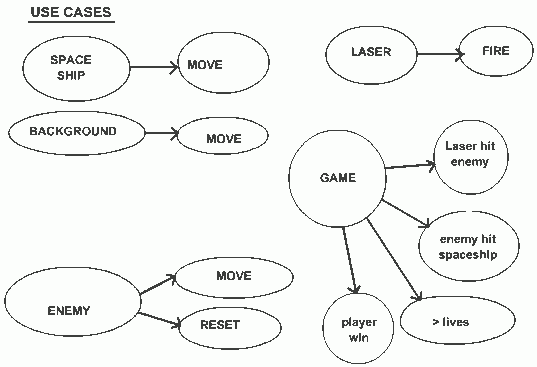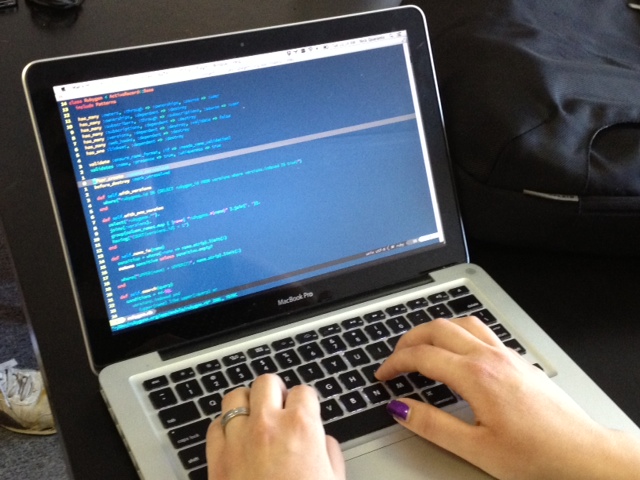| Phase 1: Think of a Game to Make |
| Before officially starting to design your video game, it is best to figure out what it should be about. |
 |
Who will be the audience of your game?
(Examples: kids, adults, casual players, hardcore players, etc.) |
What will the genre of your game be?
(Examples: Shooter, Puzzle, Racing, Platformer, etc.) |
What is the core gameplay about?
(Examples: High Scoring, Reaching the Goal, Collecting Enough Items, etc.) |
| Phase 2: Decide What Technology you Need |
| Acquire all necessary software and hardware need to program the game as you envision it. Every tool will affect the how the game looks, how it will be controlled, and what devices are capable of running the game. |
 |
| Which computer programs will you need to program different aspects of the game? (Examples: 3-D Modeler, Text-editor, Audio Software, etc.) |
| What computer language or game engine will you work with to program your game? (Examples: Unreal Engine, C++, JavaScript, etc.) |
| What will the technical specifications be needed from a device to run the game? (Examples: HD Resolution, Quad-Core CPU, 2 Gigabytes of RAM, etc.) |
| Phase 3: Write Down the Game's Features |
| Take the idea for your game and expand on it. Specify the game's aspects by writing them down in a diagram map or drawing them out with artwork. |
 |
| What are the aspects of your game? (Considerations: title name, characters, levels, menu, progression, rewards, penalities, etc.) |
| What will the look of your game be? (Considerations: 2-D, 3-D, cartoonish, simple, complex, realistic, etc.) |
| How are players going to interact with your game? (Considerations: touch-screen, online, gamepad, keyboard, motion-control, etc.) |




